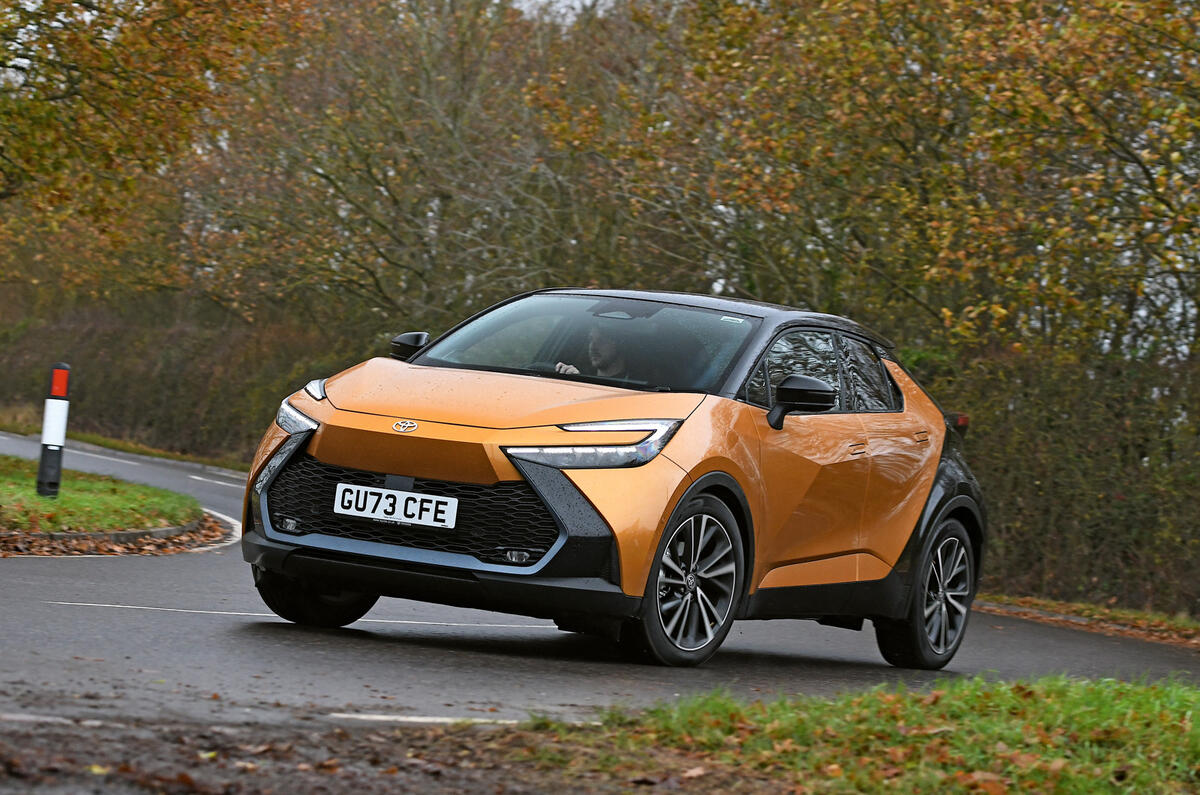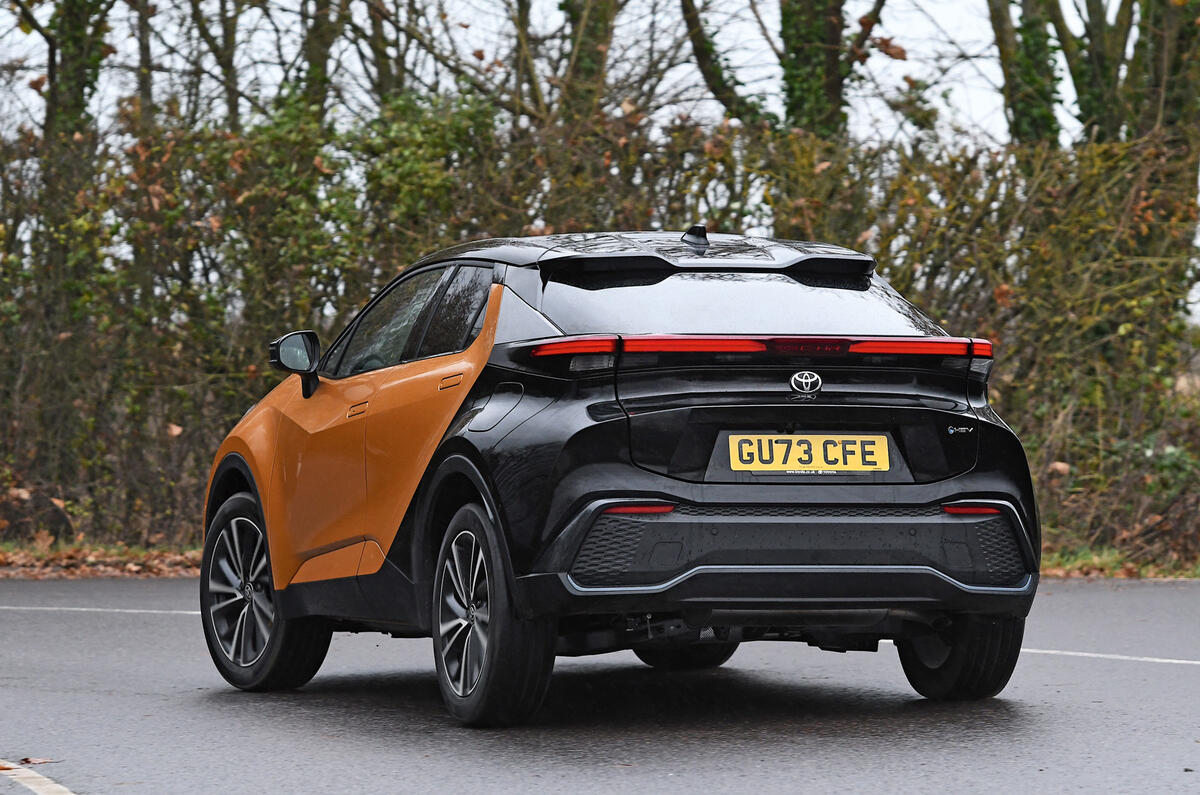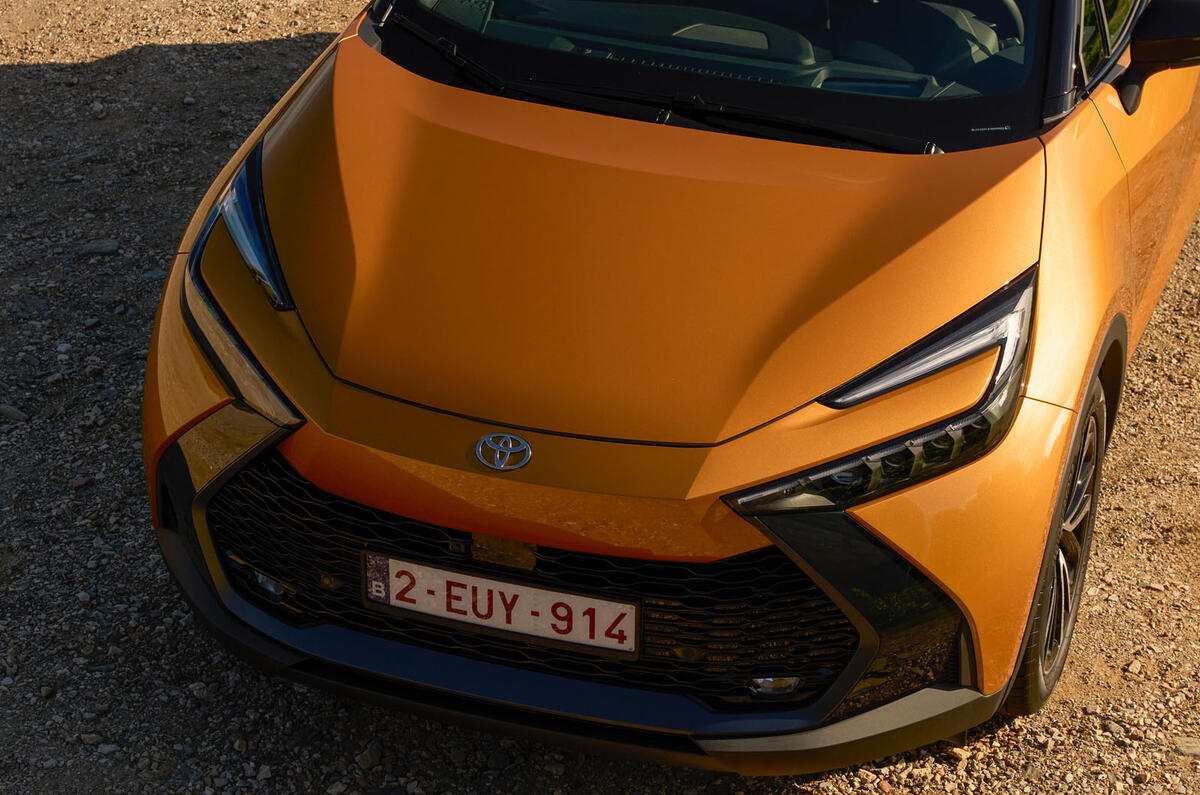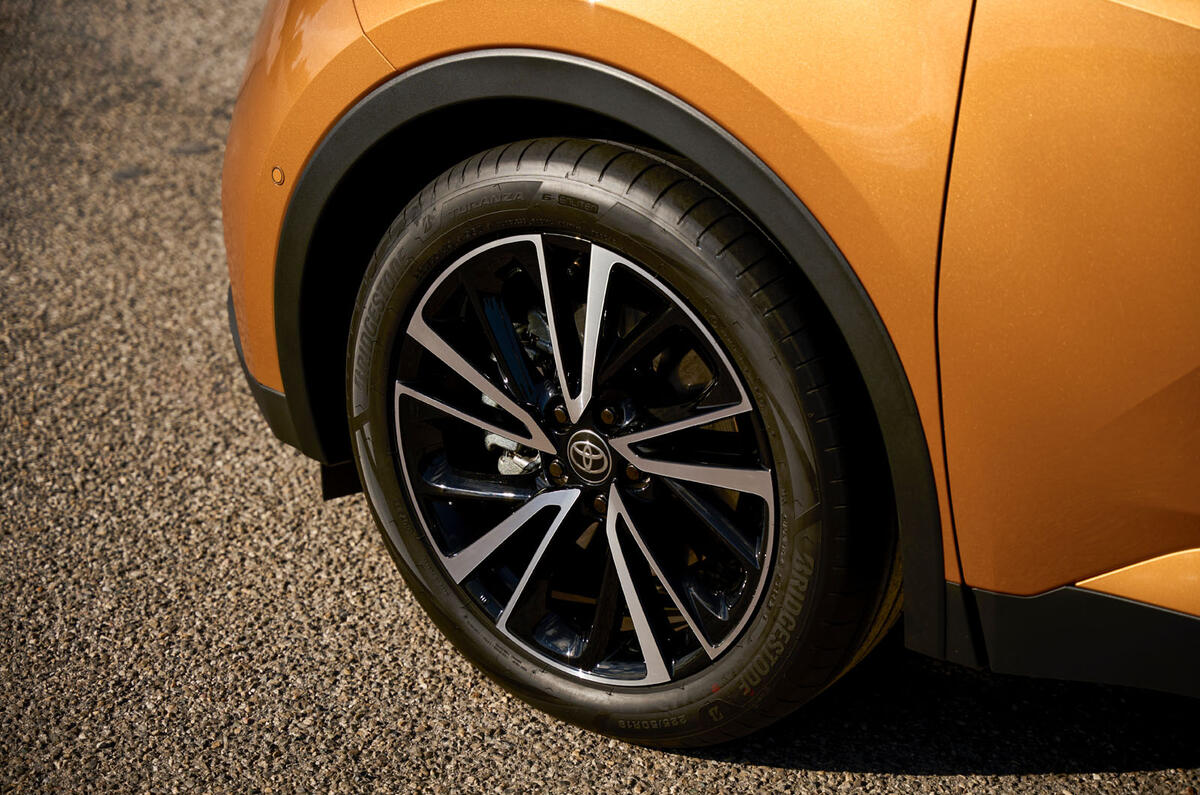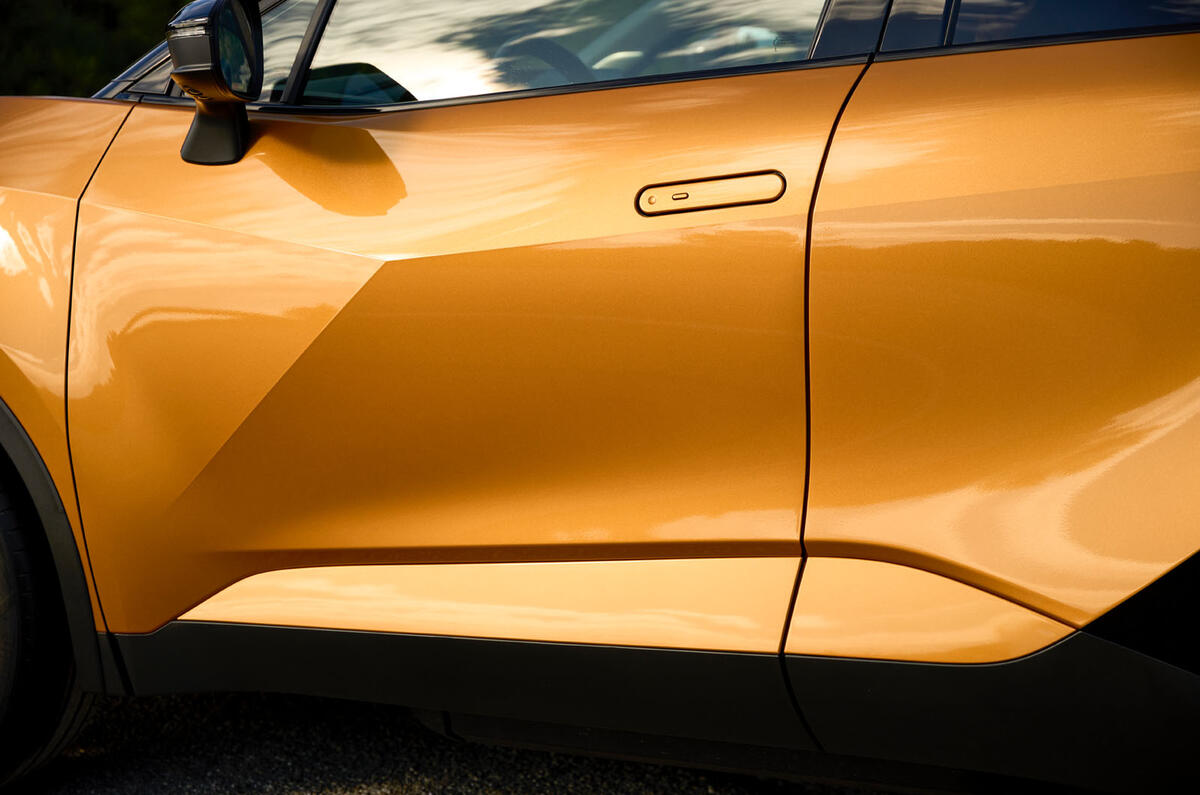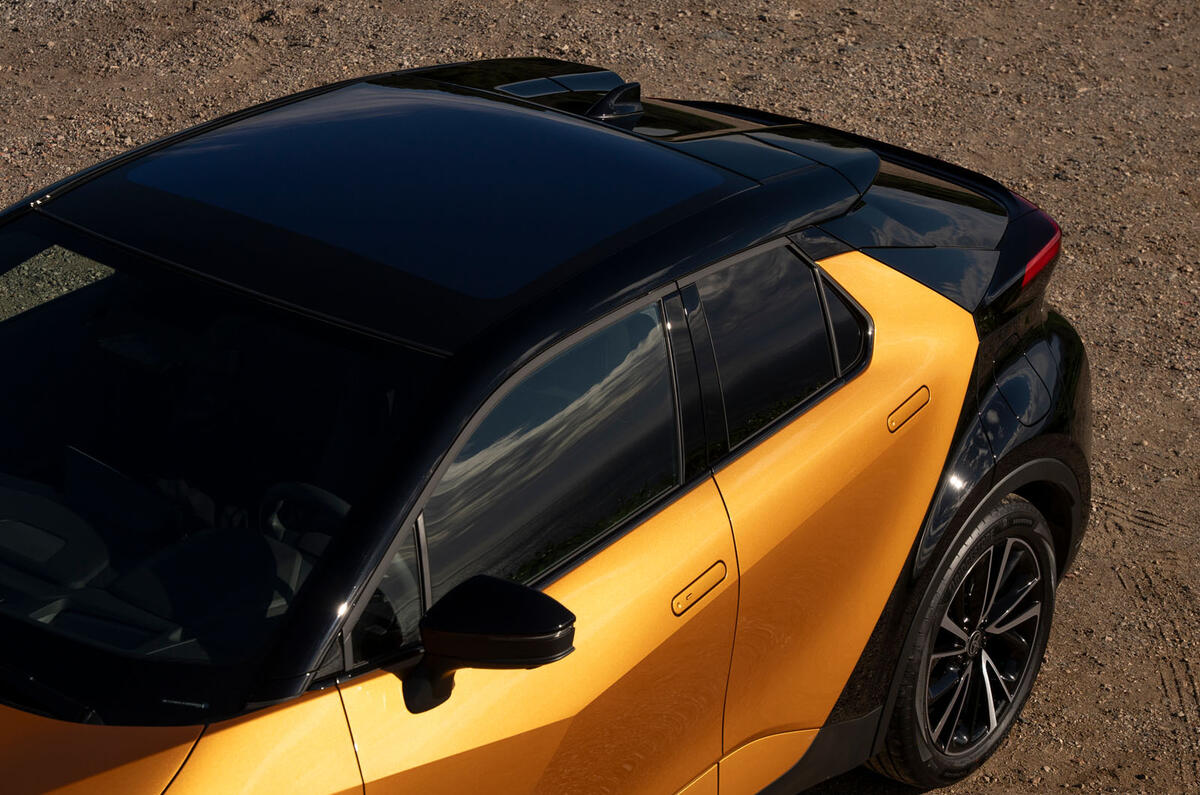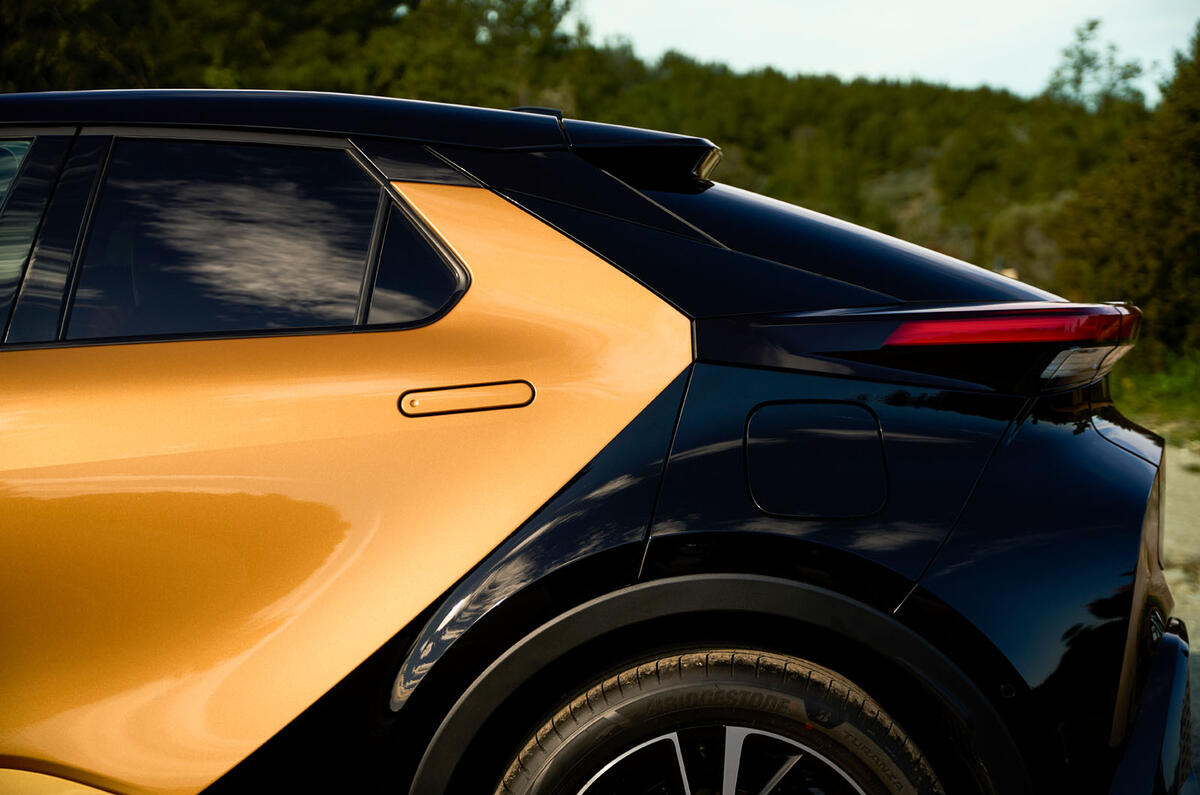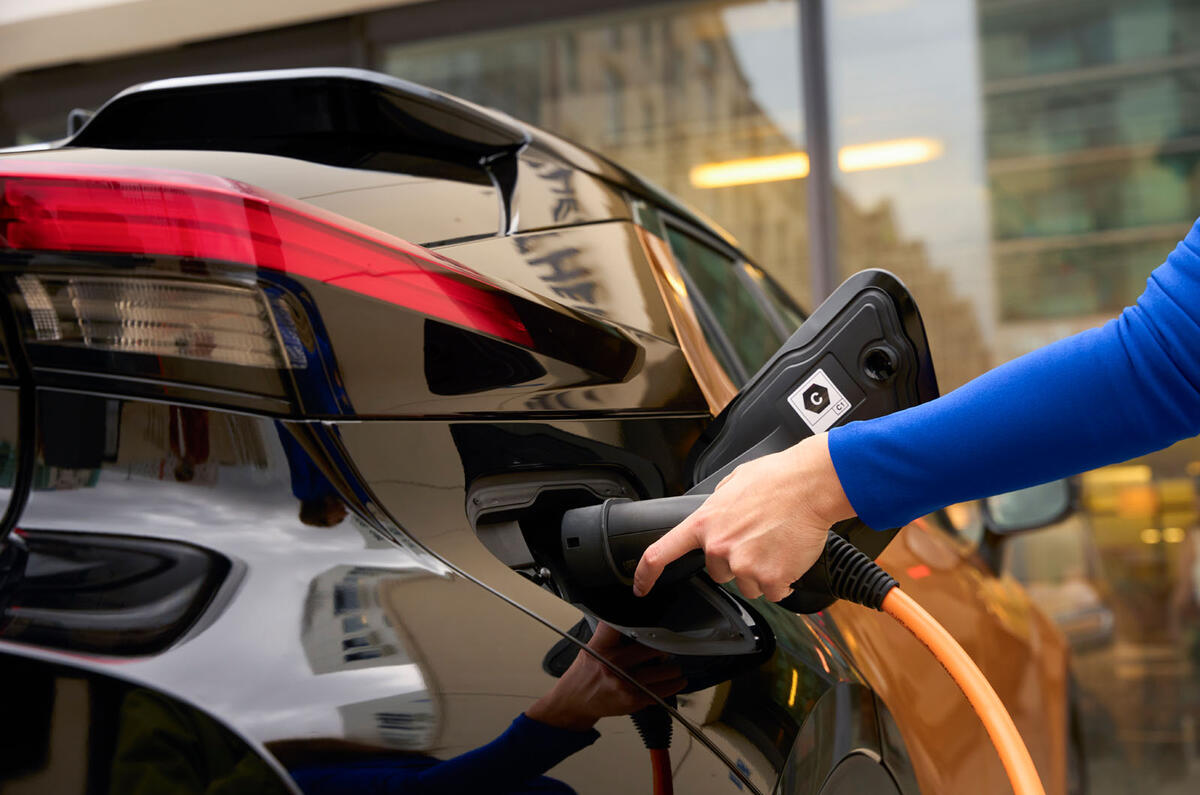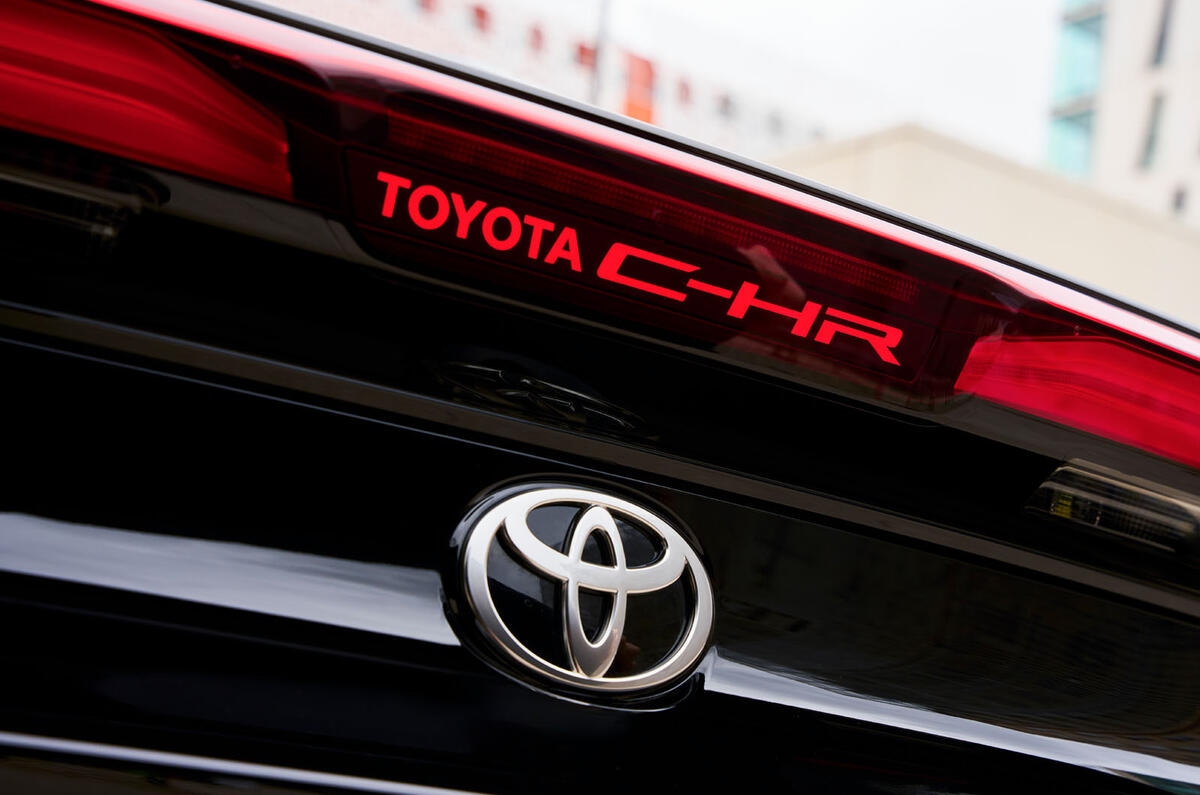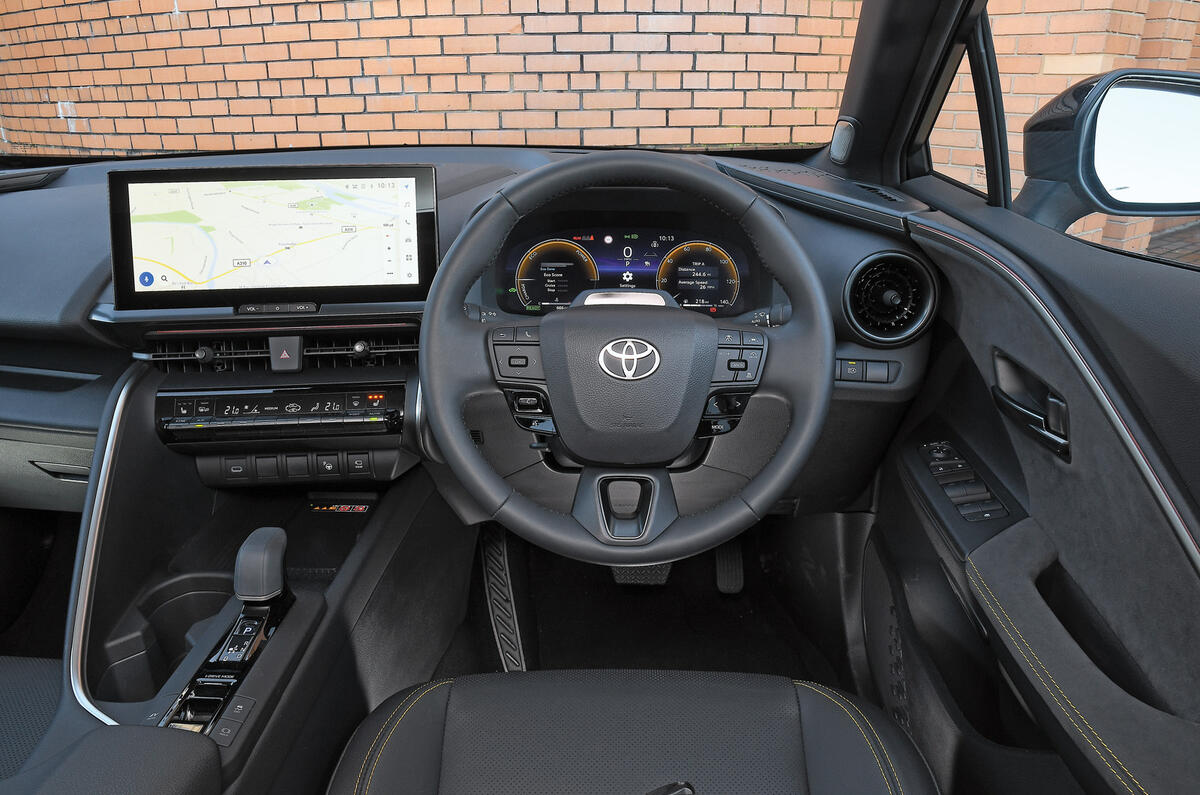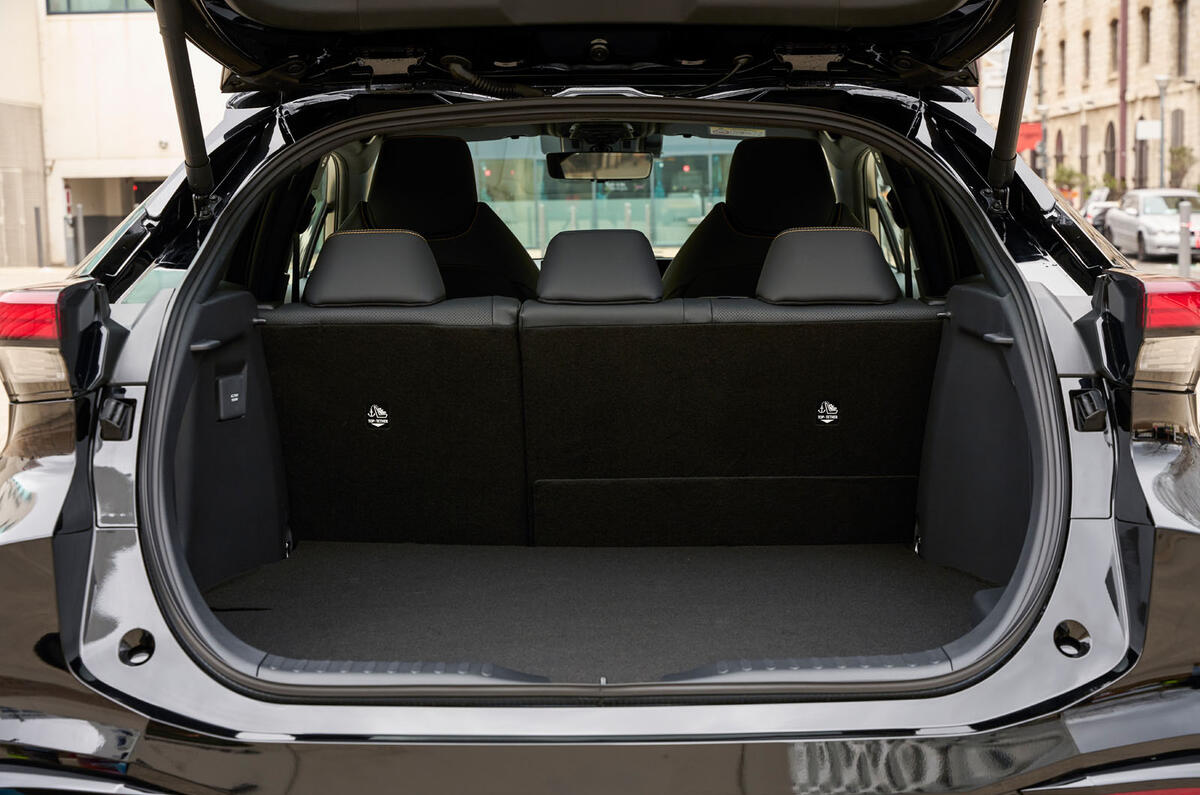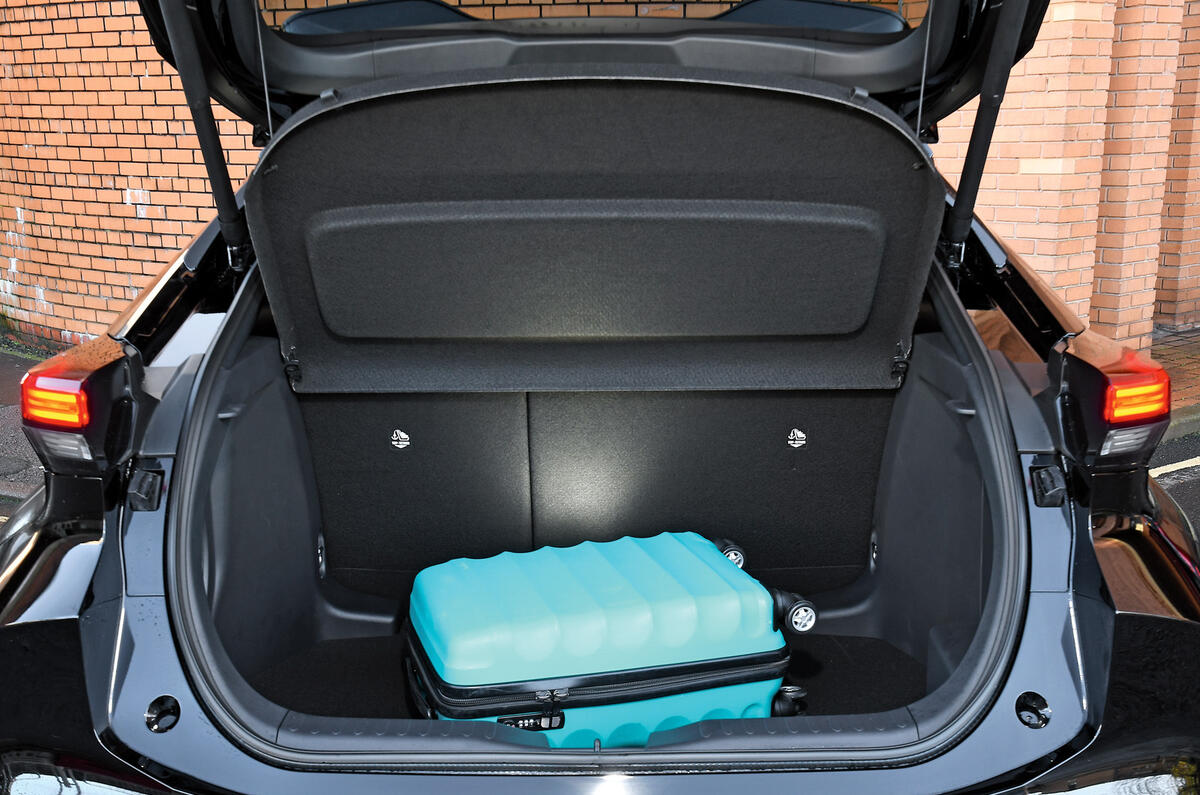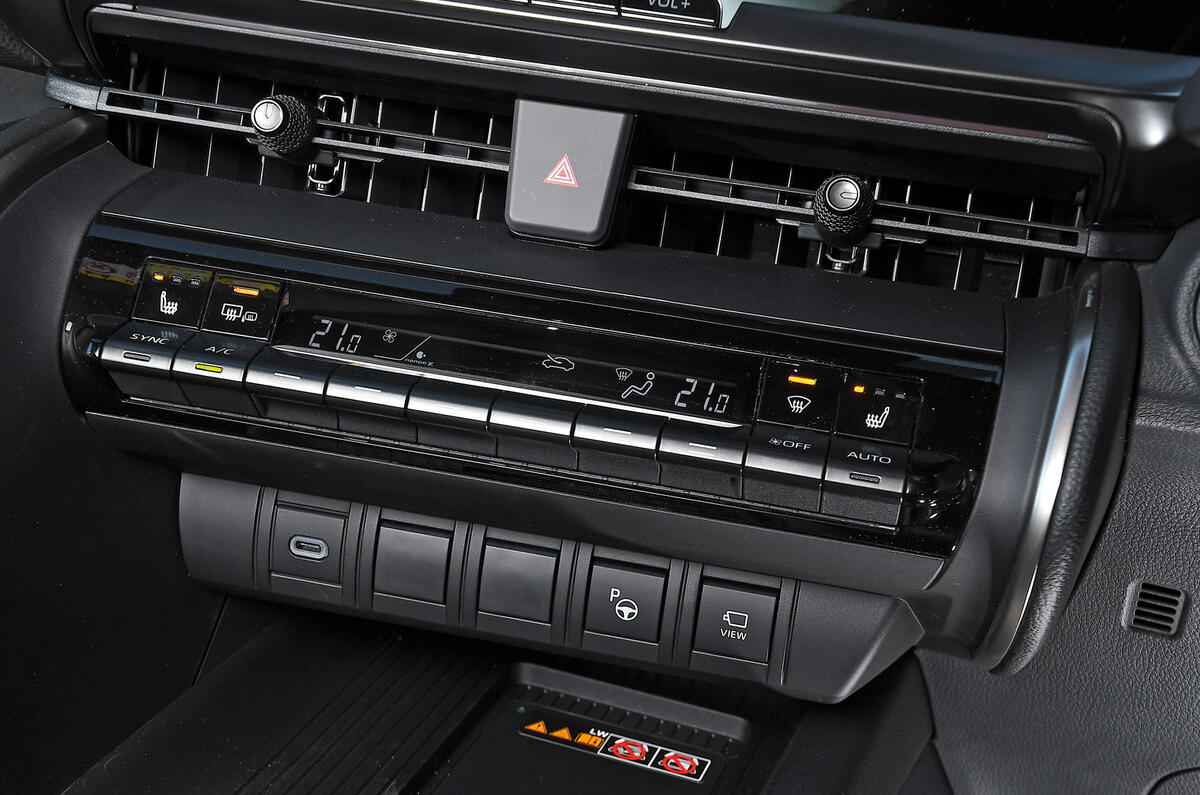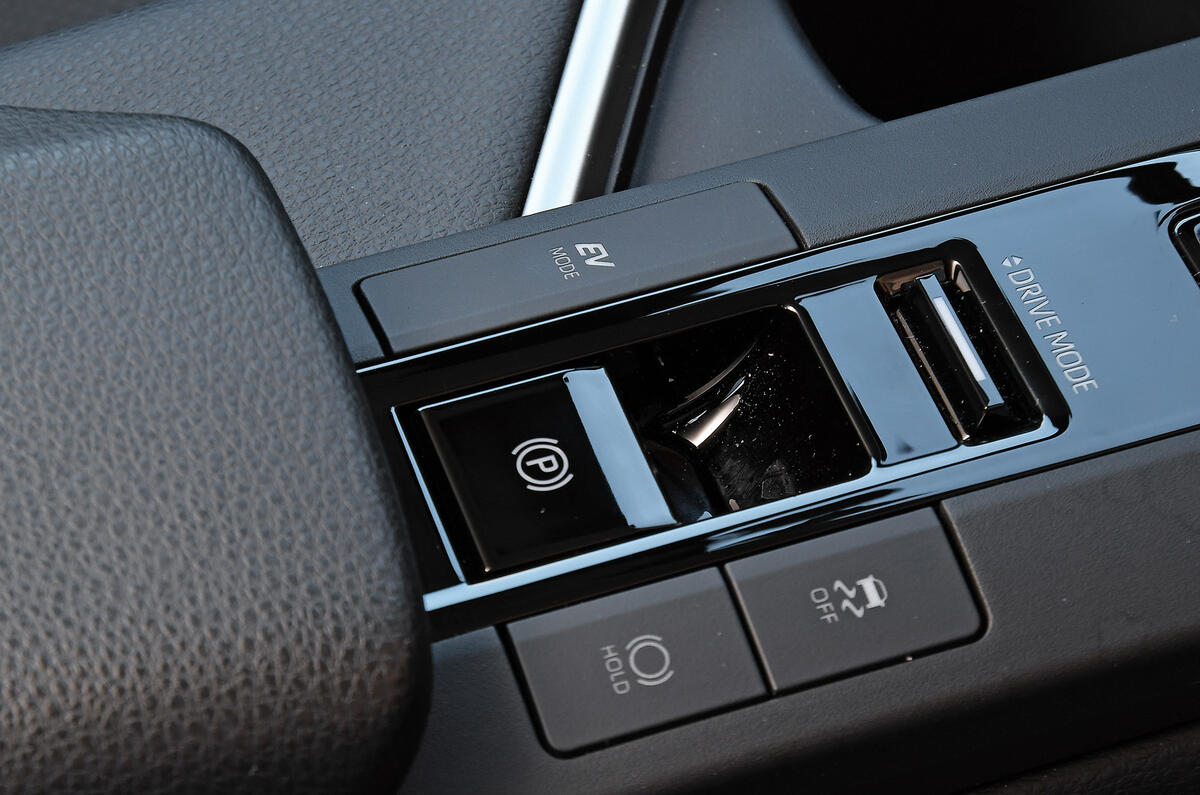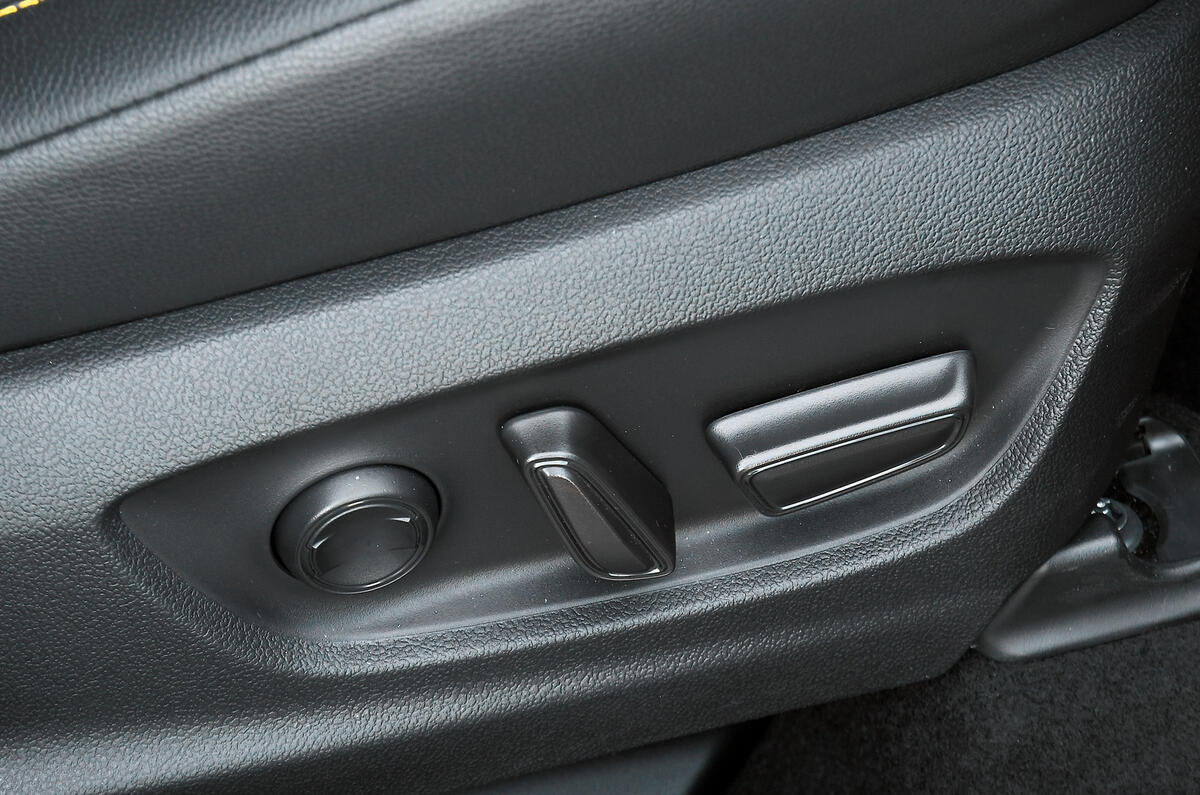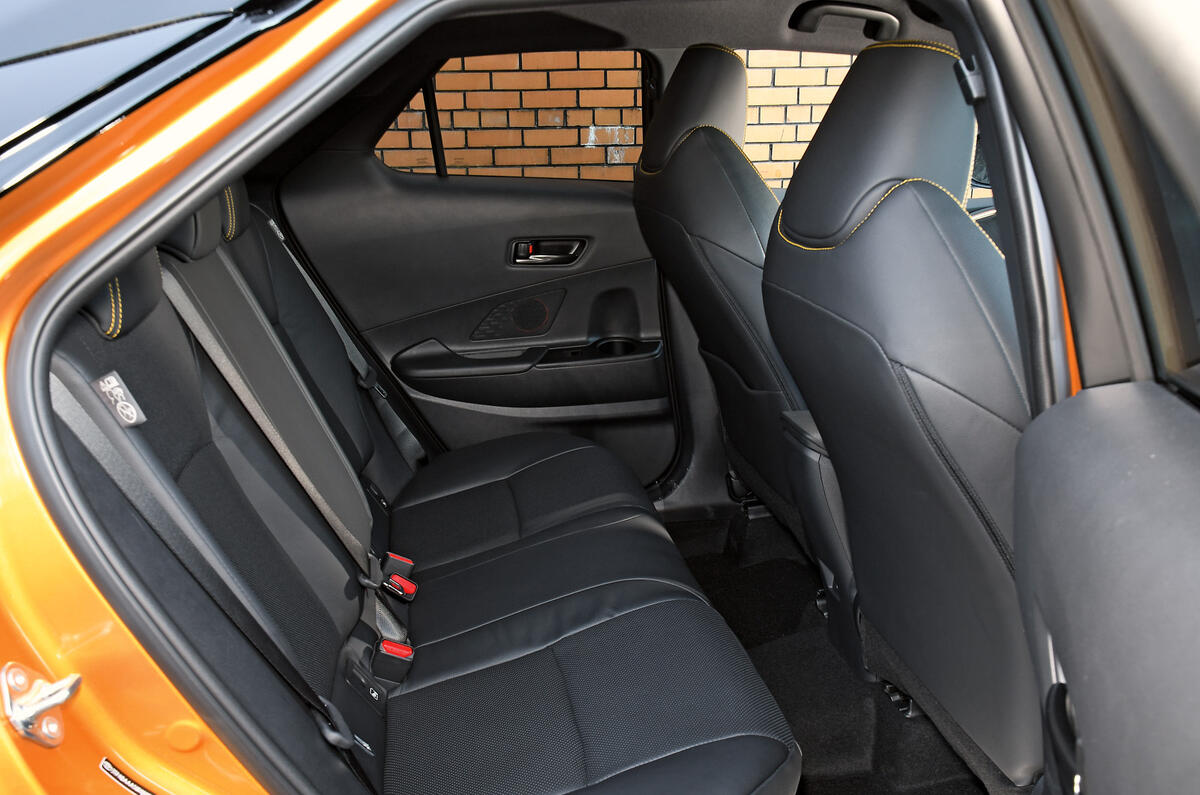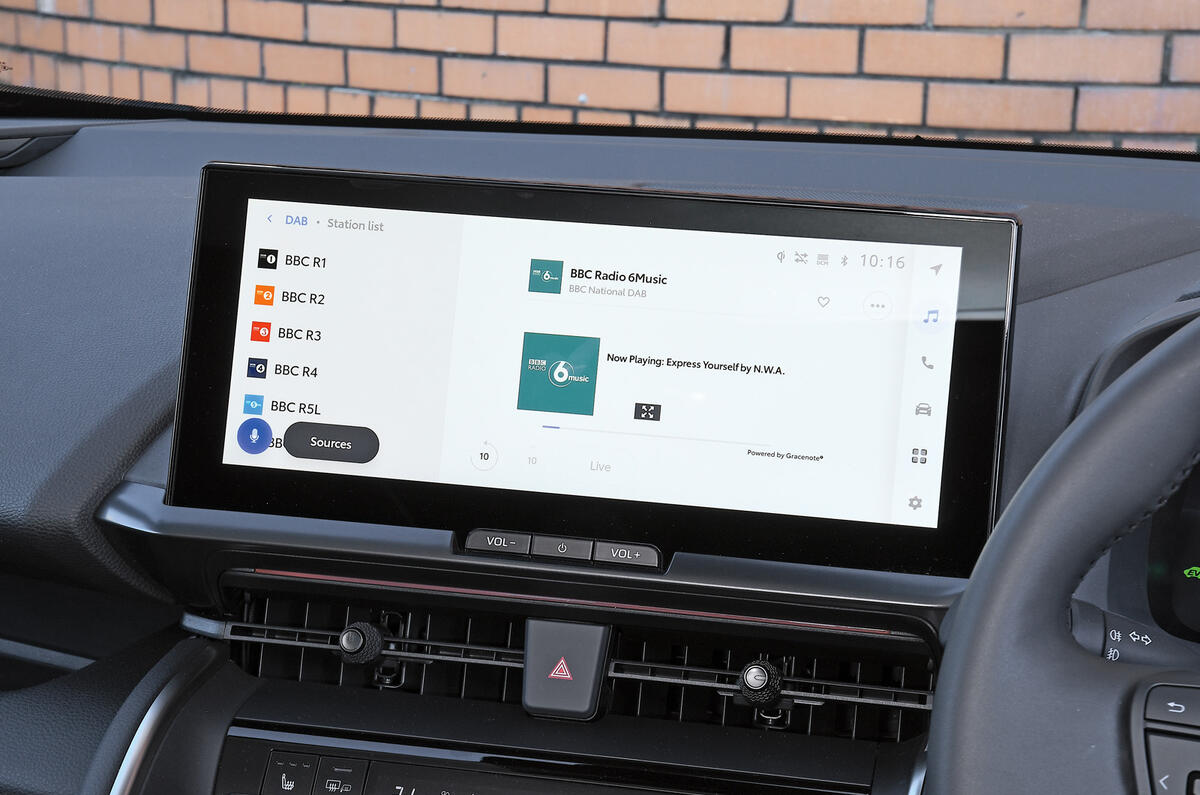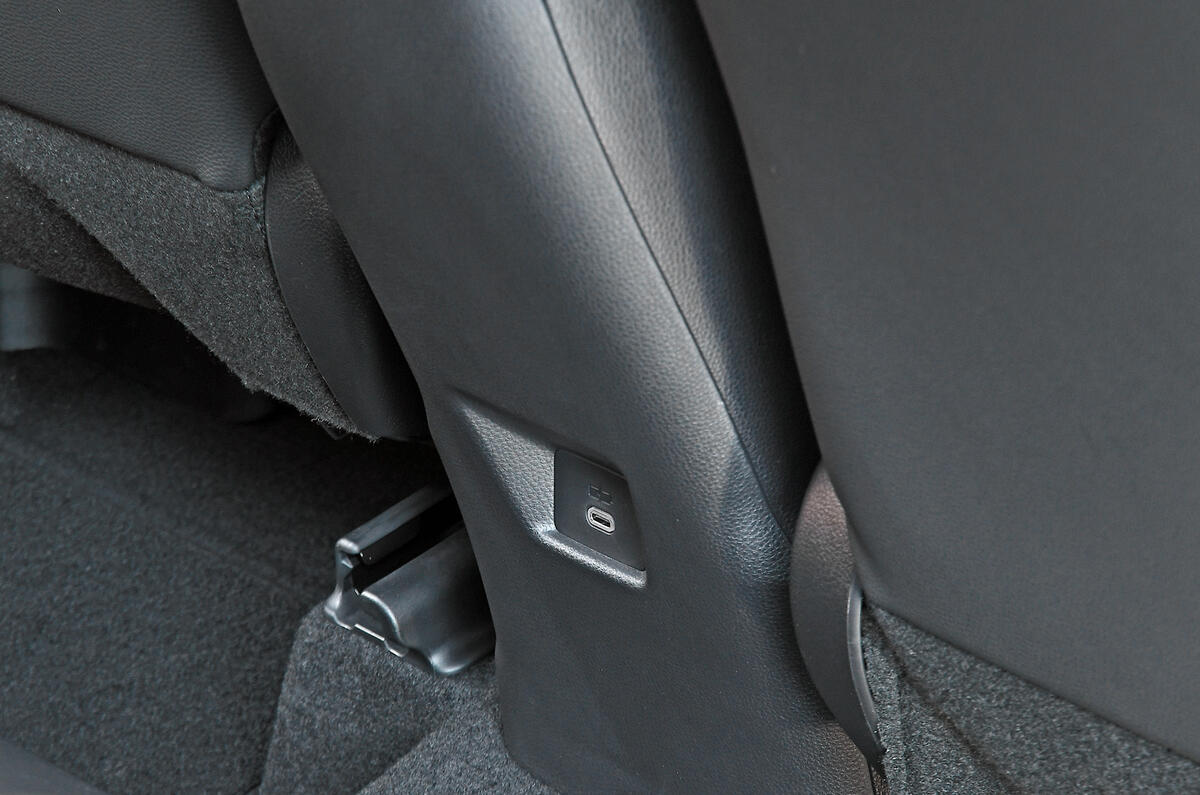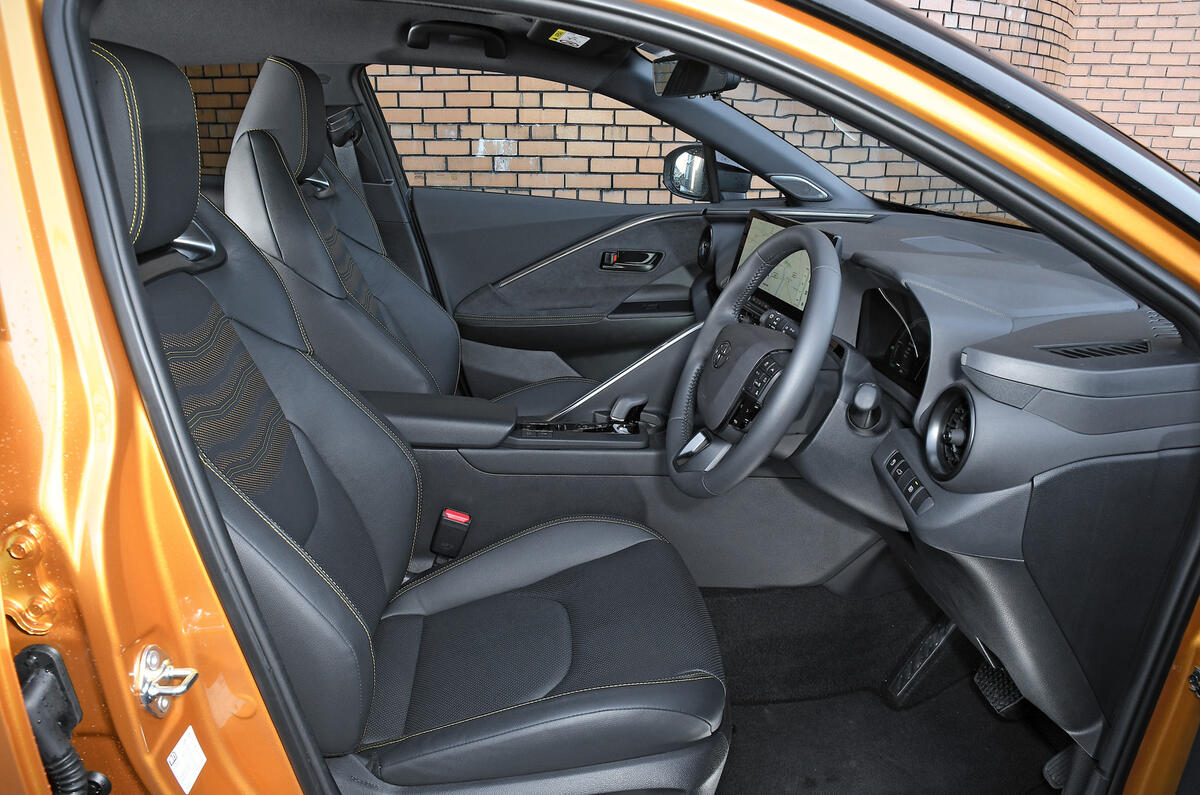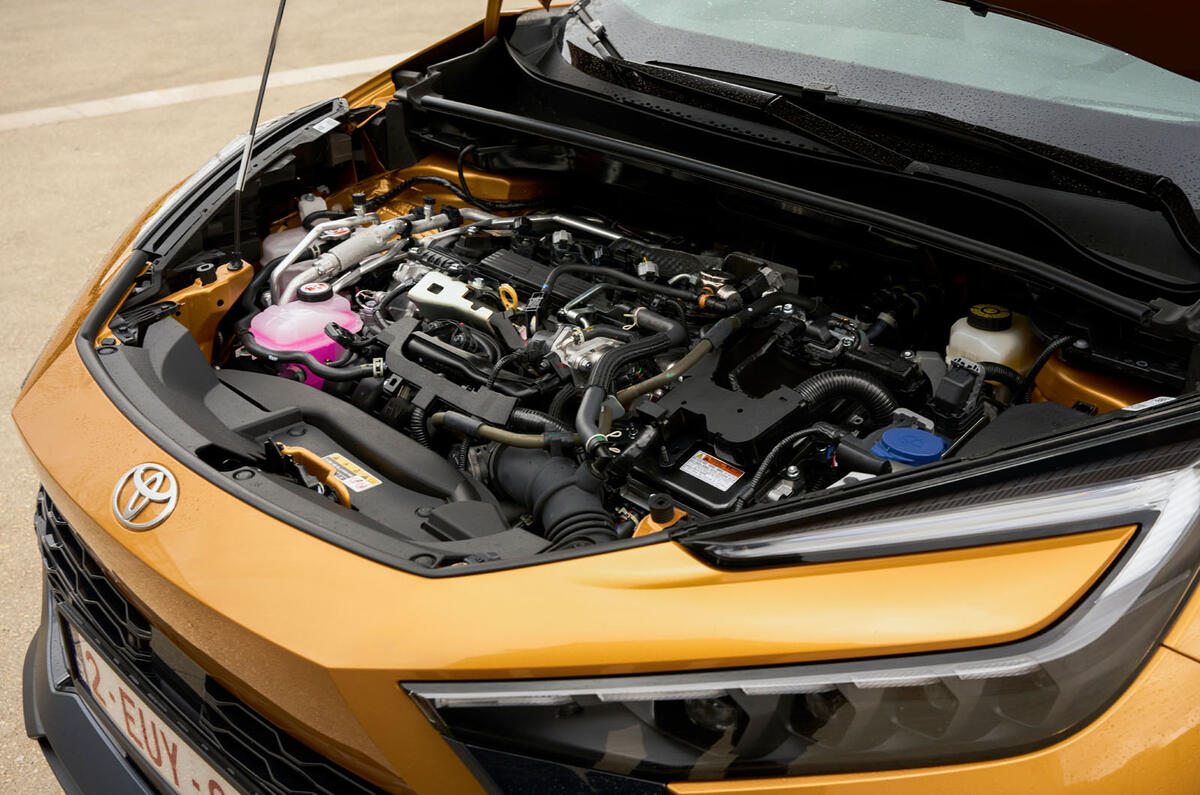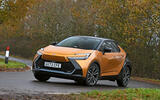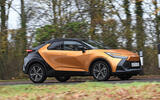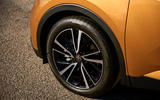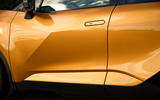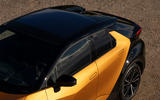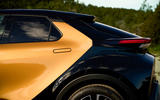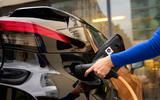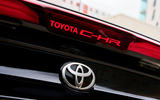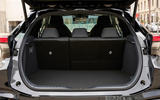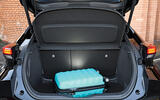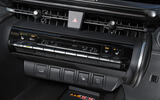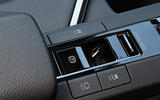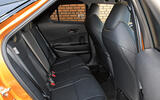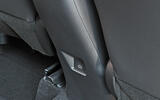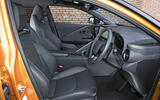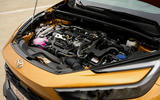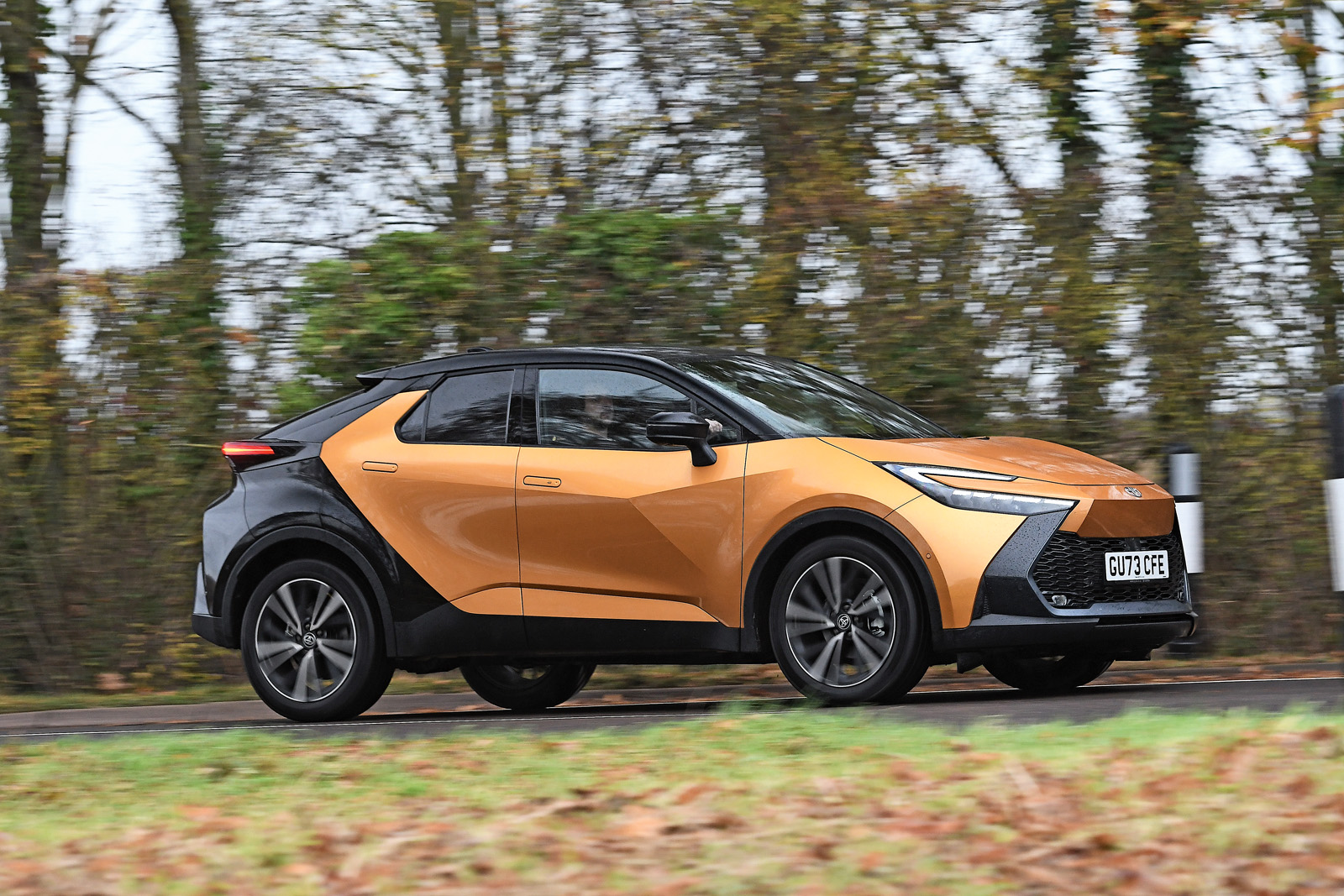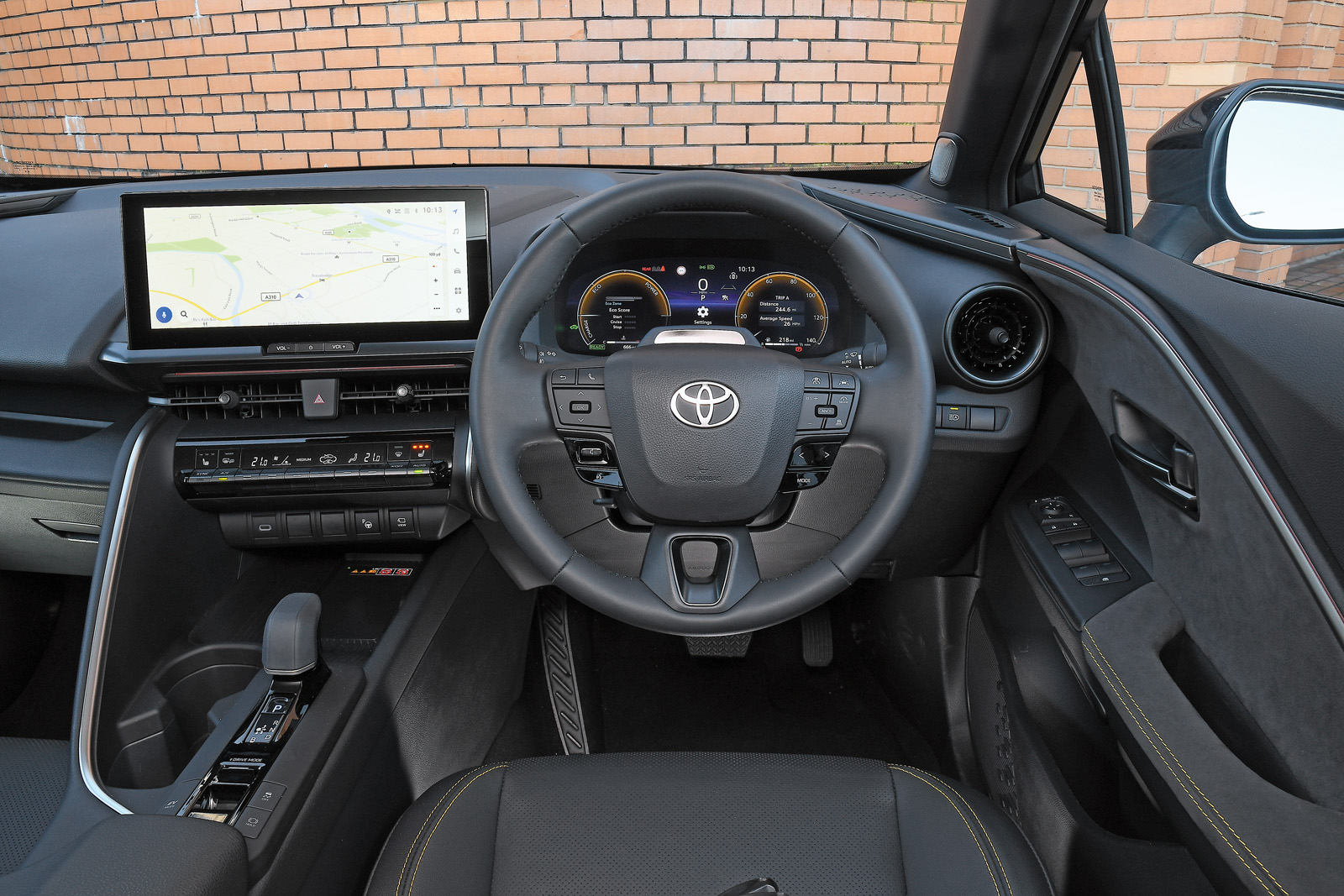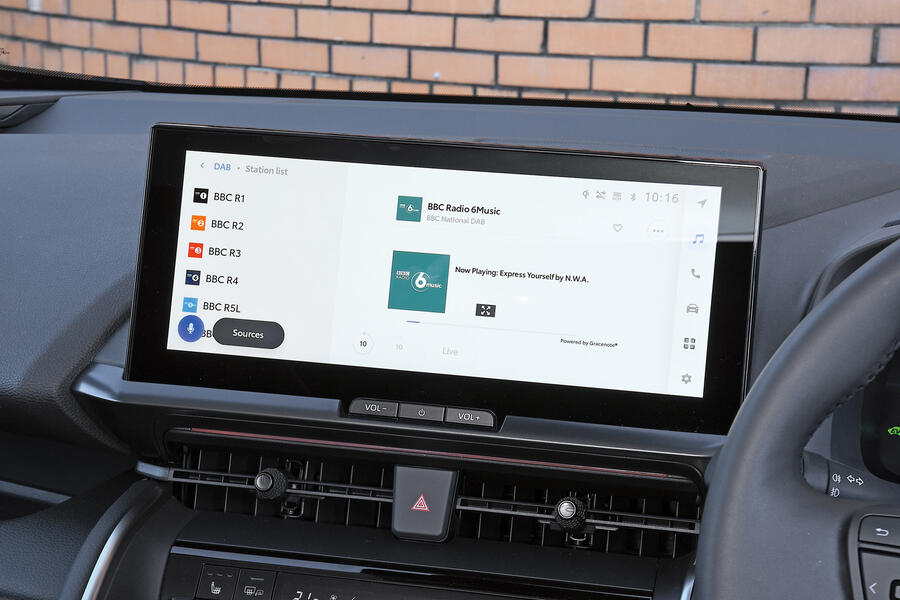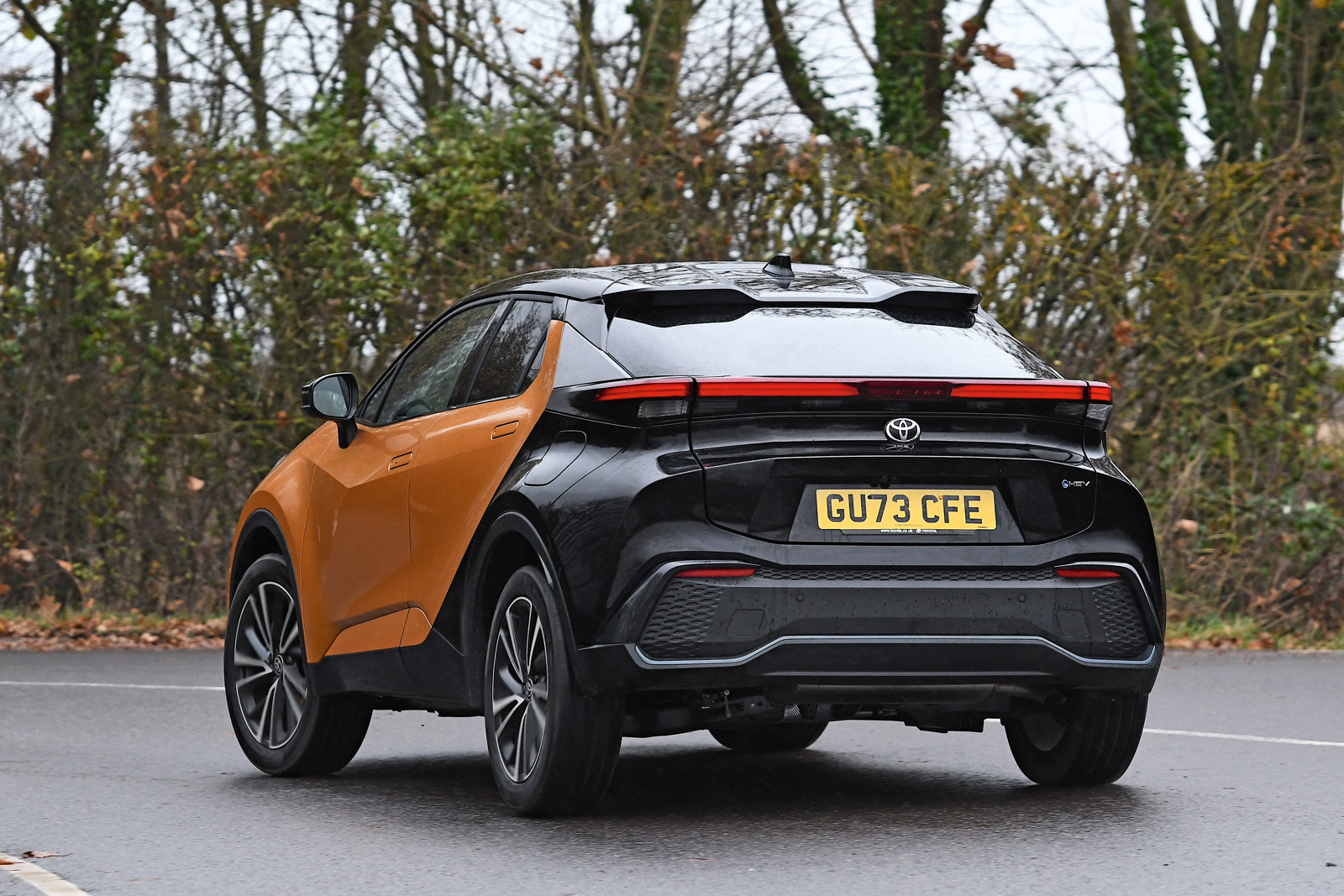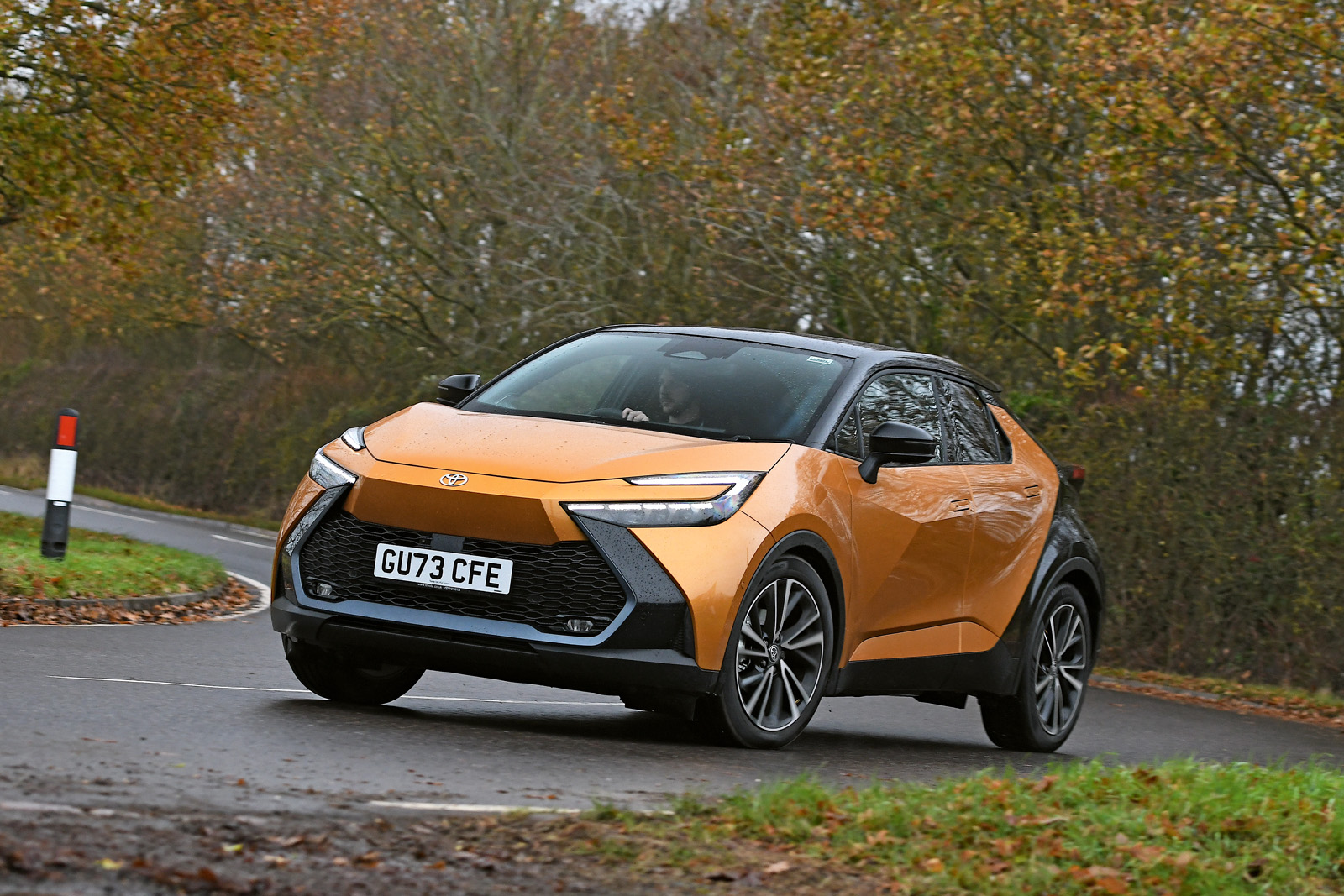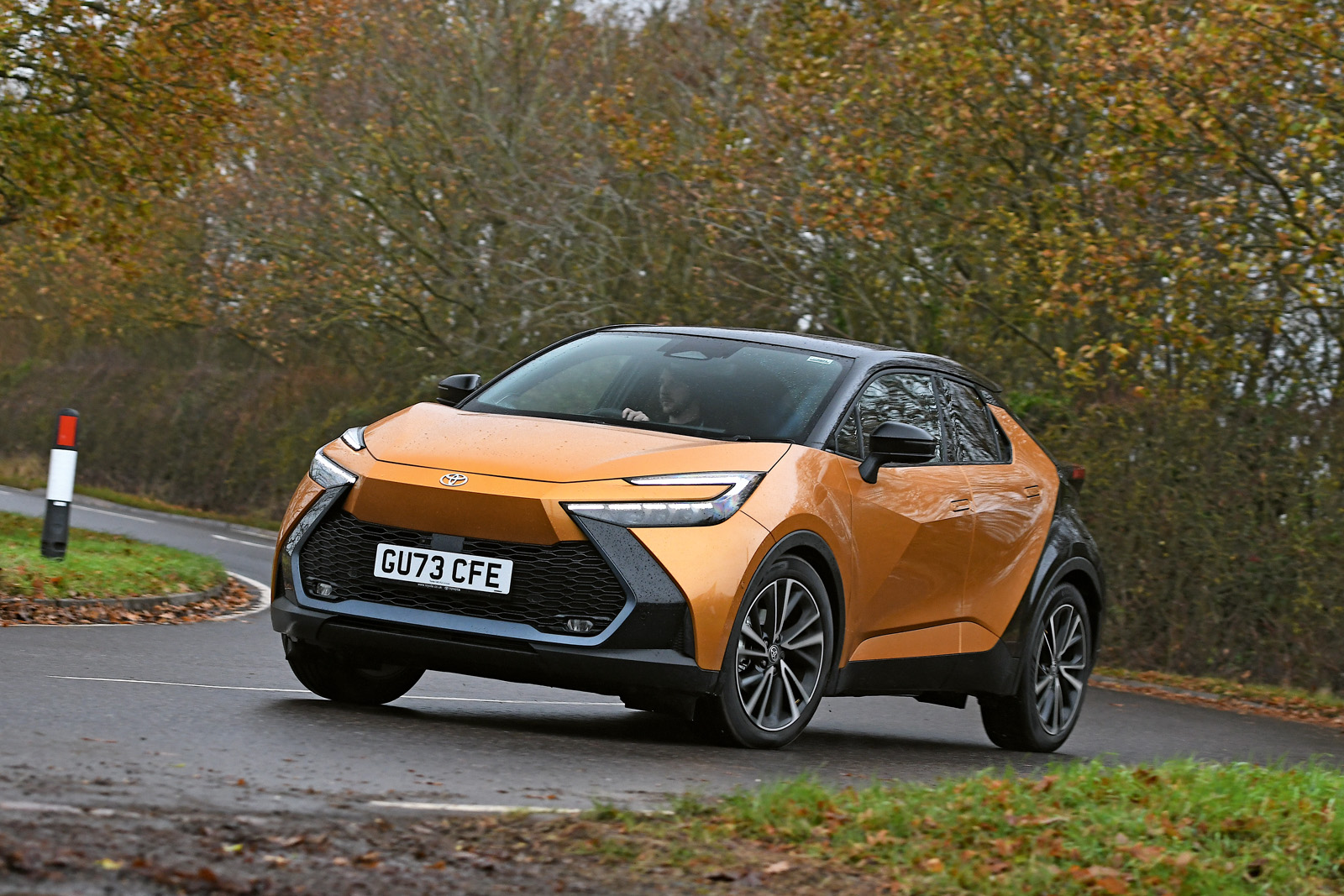The Toyota C-HR looks like a trainer you would see on display in a shopping outlet, carrying the logo of a big-name brand but with a funky design and in a garish colour.
Do you buy it for the brand and live with the design? Are you so convinced by the looks that you couldn't possibly consider anything else? Only 'the beholder' can be quite sure.
Credit to Toyota for managing to give the second-generation C-HR even more 'concept car' visual character than the first, while also maintaining proportions that can be appreciated by anyone.
The previous C-HR was the car to kick-start the era of more visually interesting and dynamically involving mainstream Toyotas, and it’s really run with the theme this time around.
The new C-HR is the follow-up to a model that sat fourth on the brand’s best-sellers list behind the Toyota Yaris, Toyota Yaris Cross and Toyota Corolla.
Toyota says the C-HR has been made to appeal to European buyers and is targeting sales of 160,000 units per year, around 10% of which is set to come from the UK.
Most significantly, the C-HR has been by far Toyota’s most successful car in winning over new customers: 59% of C-HR drivers switched from another brand.
A key to that success has been how well the C-HR was positioned in the European market. Its mix of sharp styling and coupé-crossover shape helped it to find a genuinely rare space at the small end of the C-SUV market (think Volkswagen T-Roc and Kia Niro).




